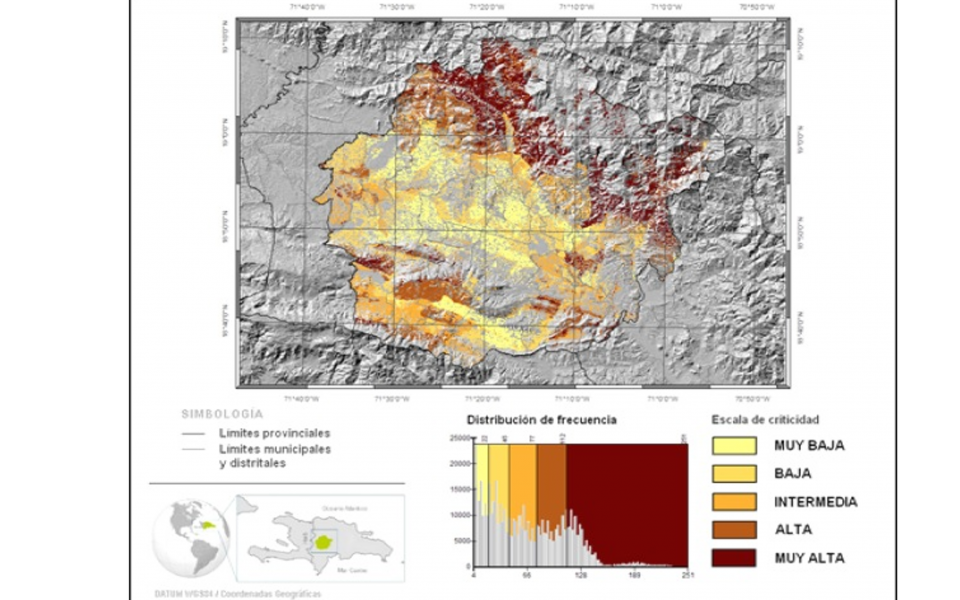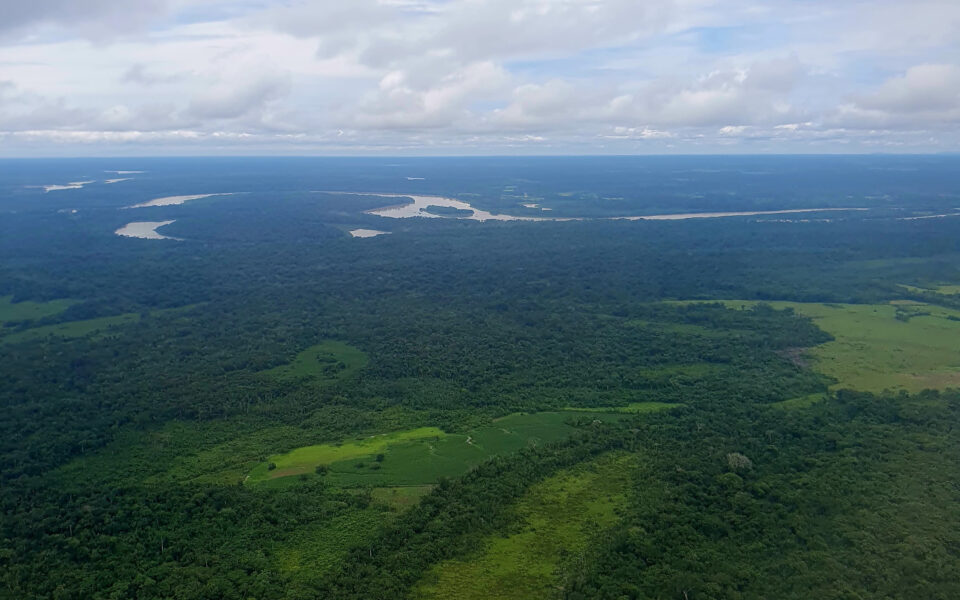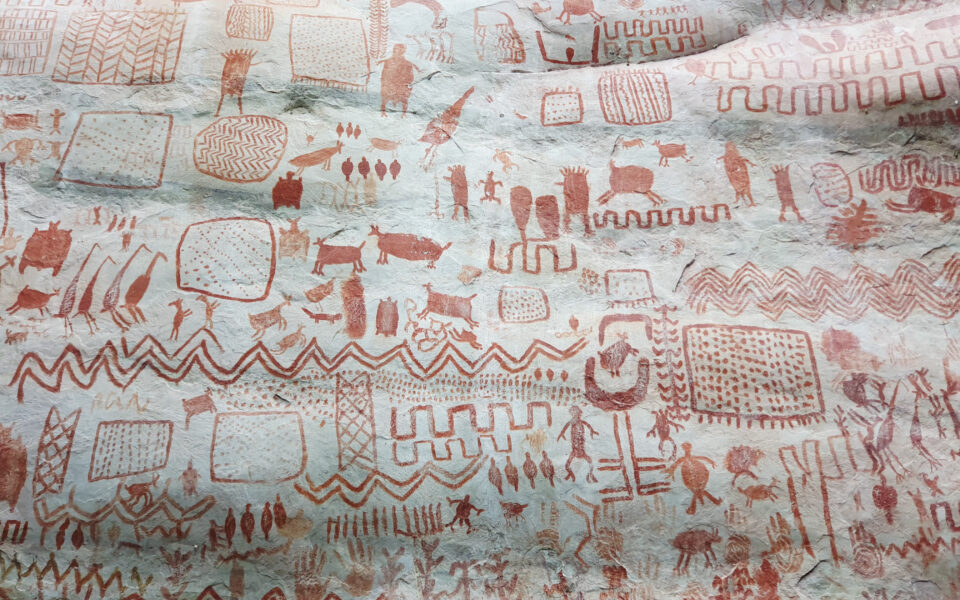News

6 October 2022
A year ago, SalvaTerra finalized one of its most ambitious studies on the adaptation of the agricultural sector to climate change (CC)…
- Assess the CC vulnerability of six agricultural production systems and strategic regions (photo), then prioritize two to develop an adaptation action plan.
- Evaluate the offer of meteorological services to agriculture and propose a roadmap for their improvement and development by the National Office of Meteorology (ONAMET).
This study allowed us to deepen the level of current scientific knowledge on the potential risks and impacts of CC in the Dominican Republic, and to organize a series of consultations, from the most local level to political decision-makers, to identify and prioritize actions to be taken.
To meet the first objective, 22 adaptation options comprising 93 specific activities were selected in order to (i) strengthen the integral management of water resources at the watershed level, (ii) disseminate good agricultural practices to increase crop resilience, (iii) strengthening producer organisations, in particular as regards risk management, and and (iv) strengthen the integration of adaptation into sectoral planning within government.
The roadmap for the development of meteorological services included proposals for (i) strengthening the production of meteorological data, (ii) improving communication channels and interoperability of data between institutions, (iii) strengthening producer advisory structures, and (iv) diversification and increase of ONAMET’s sources of funding.
The project was implemented in partnership with EGIS Water, Meteodyn and IRD as well as with the REDDOM Foundation and Guakía Ambiente.
Photo: CC vulnerability mapping of bean production in San Juan province (Guakia Ambiente)
A lire aussi...

10 Nov. 2025
Freiner la déforestation sur les fronts pionniers amazoniens
Dans le cadre de l’Évaluation au champ large (ECL) des interventions du Groupe AFD et du FFEM dans le biome amazonien, SalvaTerra et TERO ont rédigé pour l’Agence française de développement un nouveau numéro de la collection Questions de développement (QDD n°97 – octobre 2025), intitulé « Quels leviers pour freiner la déforestation sur les fronts pionniers en Amazonie ? ».

21 Oct. 2025
Évaluer 17 ans d’action française pour les forêts amazoniennes
Menée par le consortium SalvaTerra–TERO, l’Évaluation au champ large (ECL) analyse près de deux décennies d’interventions du Groupe AFD et du FFEM en faveur des forêts du biome amazonien, à travers 37 projets mis en œuvre dans huit pays. L’étude dresse un bilan inédit des approches françaises en matière de conservation, de bioéconomie et de gouvernance autochtone, et identifie les leviers pour renforcer leur impact à l’horizon 2030

14 Oct. 2025
Evaluation de conformité sociale et environnementale de la filière rose pour un sourcing durable en Turquie
En juin 2025, SalvaTerra a conduit une mission de diagnostic de la filière de la rose de Damas en Turquie et une évaluation des dernières avancées en matière de droits humains. Celle-ci a combiné une analyse documentaire approfondie, des visites de parcelles, et des rencontres avec l’ensemble des acteurs : travailleurs saisonniers, agriculteurs, collecteurs, coopératives, transformateurs, associations locales et ONG. Cette étude a permis de formuler un plan d’action pragmatique pour continuer à porter cette filière d’importance vers un modèle conciliant durabilité et éthique, en améliorant notamment les conditions de vie et de travail à l’amont et à l’aval.